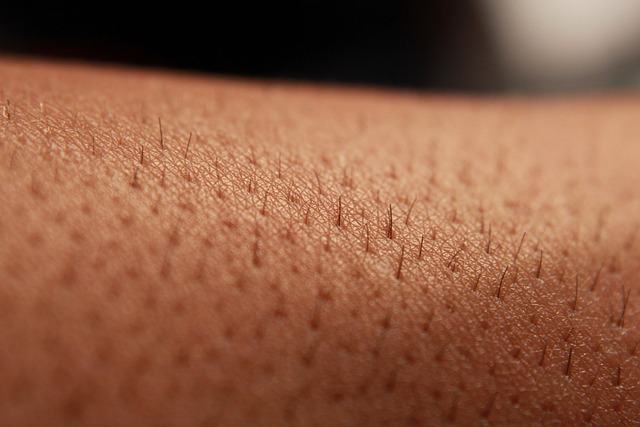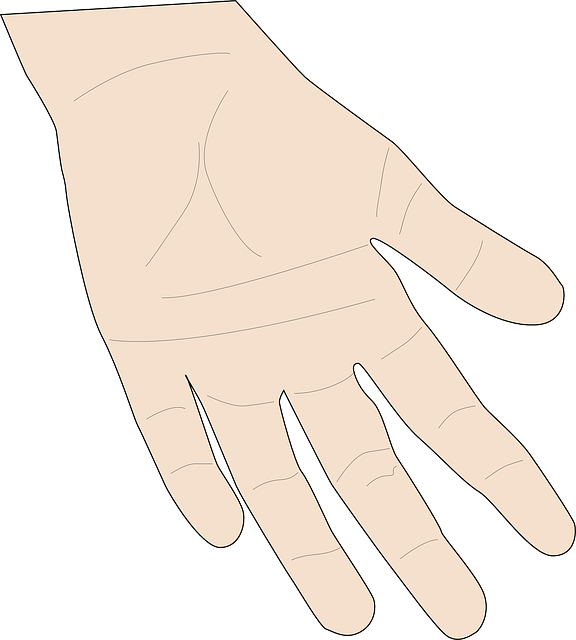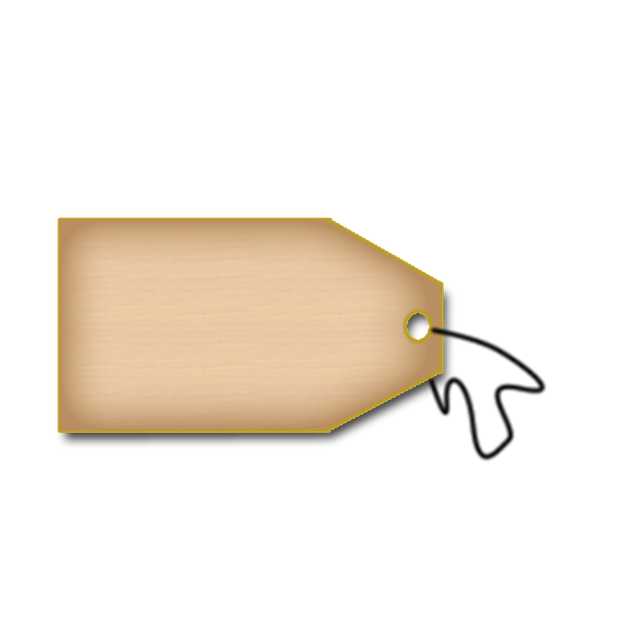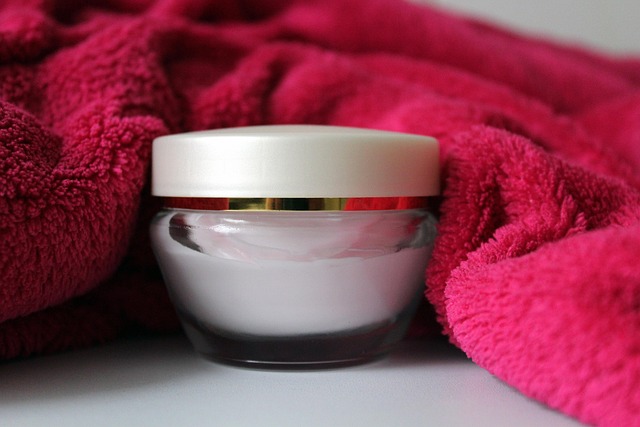UK’s Top Dermatologist Offers Effective Skin Tags Removal with High Success Rates

Skin tags, medically known as acrochordons, are soft growths caused by excess collagen, appearing wh…….
In the realm of dermatology, the term ‘Dermatologist for Skin Tags’ has emerged as a specialized field, addressing a common yet often overlooked concern—skin tags. These small, soft, benign growths on the skin are a harmless but aesthetically displeasing condition affecting people worldwide. This article aims to provide an in-depth exploration of dermatologists’ role in treating skin tags, delving into various aspects from definition and history to global impact, technology, policies, challenges, and future prospects. By the end, readers will gain a comprehensive understanding of this niche yet significant area within dermatological practice.
A ‘Dermatologist for Skin Tags’ refers to a specialized medical practitioner, typically a board-certified dermatologist, who focuses on the diagnosis, treatment, and management of skin tags. Skin tags, scientifically known as acrochordons, are small, soft, flesh-colored or brown growths that appear on various parts of the body, most commonly in areas with folds of skin, such as the neck, armpits, and groin. They are usually harmless but can cause discomfort or self-esteem issues for some individuals.
The treatment of skin tags has evolved over centuries. Historically, early methods involved manual removal by cutting or burning, which could lead to scarring. In the 20th century, dermatologists began employing more advanced techniques like cryotherapy (freezing) and laser treatments, offering safer and more effective solutions. Today, with ongoing advancements in technology and a growing awareness of aesthetic concerns, dermatologists play a pivotal role in addressing skin tags, ensuring both safety and patient satisfaction.
The significance of dermatologists specializing in skin tags lies in their ability to provide tailored care, considering each patient’s unique needs and preferences. While many people may opt for removal for cosmetic reasons, some individuals with larger or more numerous skin tags may experience discomfort or skin irritations that require professional management. This specialization ensures that patients receive the most suitable treatment options, from conservative measures to advanced technologies.
The demand for dermatological treatments, including skin tag removal, varies across regions worldwide, influenced by cultural norms, lifestyle, and socioeconomic factors. In countries with a higher emphasis on personal appearance, such as the United States, Canada, and many European nations, there is generally a greater acceptance and pursuit of aesthetic procedures, including skin tag removal.
The global dermatology market is expanding, driven by aging populations, increasing skin concerns, and rising disposable incomes. According to a 2021 report by Grand View Research, the global dermatology market size was valued at USD 37.5 billion in 2020 and is expected to grow at a compound annual growth rate (CAGR) of 8.2% from 2021 to 2028. Skin tag removal, as a component of this market, is influenced by regional preferences, technological advancements, and regulatory frameworks.
The economic impact of dermatologists specializing in skin tags contributes to the broader dermatology market’s growth. While specific data on skin tag removal services alone may be limited, the overall dermatological services market offers insights. As mentioned earlier, this global market is projected to reach USD 54.7 billion by 2028, indicating substantial revenue potential for specialized dermatologists.
The specialization in skin tag removal presents investment opportunities for dermatologists and healthcare entrepreneurs. This niche allows practitioners to establish themselves as experts, attracting a dedicated patient base. Additionally, the growing demand for aesthetic procedures creates a favorable environment for private clinics and specialized treatment centers to emerge, contributing to economic growth and job creation.
Pricing strategies for skin tag removal services can vary widely depending on factors such as location, technology used, and practitioner experience. In some regions, insurance providers may offer partial reimbursement for certain types of skin tag removal procedures, while others may not cover them at all. Understanding local regulations and patient financial considerations is crucial for dermatologists offering these services.
Historically, cryotherapy (freezing with liquid nitrogen) and surgical excision have been common methods for skin tag removal. While effective, these traditional techniques often left scars and required longer recovery times. Advances in technology have led to safer and more efficient options:
The future of skin tag removal is poised for further innovation:
Dermatologists specializing in skin tag removal must adhere to strict licensing and certification requirements to ensure patient safety and quality care. In most countries, this involves completing medical school, a dermatology residency program, and passing specialized examinations. Ongoing professional development is essential to stay updated with the latest techniques and research.
Regulatory bodies in various regions have established guidelines for dermatological practices, including skin tag removal:
One of the primary challenges dermatologists face is managing patient expectations. Some individuals may have unrealistic ideas about skin tag removal, expecting them to disappear entirely without any trace. Educating patients about the nature of skin tags, possible outcomes, and post-treatment care is essential for setting realistic expectations and ensuring patient satisfaction.
While modern techniques have significantly reduced risks, there are still potential complications associated with skin tag removal, such as bleeding, infection, scarring, or changes in skin color. Dermatologists must discuss these possibilities openly with patients to ensure informed consent. Regular monitoring and follow-up care contribute to minimizing complications and achieving optimal outcomes.
Accessibility to specialized dermatological services can be a challenge in some regions, especially in areas with limited healthcare resources or rural populations. Additionally, there may be social stigma associated with seeking aesthetic procedures like skin tag removal, impacting patients’ willingness to seek professional help. Overcoming these challenges requires increased awareness campaigns, improved access to care, and challenging societal norms surrounding personal appearance.
The future of dermatology, including skin tag removal, lies in personalized medicine. Researchers are exploring ways to tailor treatments based on individual genetic profiles, the unique characteristics of each skin tag, and other factors. This precision approach aims to enhance treatment efficacy while minimizing side effects.
Combining different treatment modalities is an emerging area of research. For instance, combining laser therapy with topical medications or using RF devices in conjunction with cryotherapy may offer improved results for certain patient groups.
Longitudinal studies examining the long-term outcomes of various skin tag removal techniques are essential to understanding the most effective and durable solutions. Such research contributes to evidence-based practice guidelines, ensuring that dermatologists provide the best available care.
Dermatologists’ specialized role in skin tag removal is a significant aspect of modern dermatological practice, addressing a common yet often overlooked concern. With global trends reflecting a growing demand for aesthetic procedures, the market for effective and safe skin tag removal continues to expand. Advances in technology, combined with ongoing research and personalized treatment approaches, will shape the future of this specialized field, ensuring improved outcomes and enhanced patient experiences.

Skin tags, medically known as acrochordons, are soft growths caused by excess collagen, appearing wh…….

Skin tags, harmless growths caused by abnormal collagen buildup, commonly appear in areas of frictio…….

Skin tags, benign growths on neck, armpits, or groin caused by friction, can be removed cosmetically…….

Skin tags, caused by friction or trauma from tight clothing, hormonal changes, or medical conditions…….

Skin tags, benign growths caused by friction, genetics, and aging, are commonly removed for aestheti…….

Skin tags, caused by friction or irritation, are small growths commonly found on the neck, armpits,…….

Skin tags, benign growths of collagen and skin tissue, commonly appear on areas prone to friction. M…….

Skin tags, caused by friction or trauma, can be categorized into acral and angular types. Choosing a…….

Skin tags, benign growths common on neck, armpits, and groin, can be managed by a dermatologist for…….

Skin tags can be effectively removed by dermatologists using modern techniques like laser treatments…….

Skin tags, harmless growths caused by friction or hormonal changes, can be removed safely by a derma…….

Skin tags, though harmless, can be cosmetically bothersome. A dermatologist is the best choice for s…….

Skin tags, harmless growths caused by collagen buildup, can be removed by a dermatologist using safe…….

Skin tags, caused by friction or irritation, are small growths that can be removed for cosmetic reas…….

Skin tags, benign growths caused by friction, can be safely and effectively removed by a dermatologi…….

Skin tags, or acrochordons, are small bumps that appear anywhere on the body, caused by factors like…….

Skin tags, caused by cell overgrowth due to friction, are more common in obese or diabetic individua…….

Skin tags, benign growths common on neck, armpits, and groin, can be removed by a dermatologist usin…….

Skin tags, harmless growths linked to collagen clustering, can be unsightly. Consulting a Dermatolog…….

Skin tags, harmless growths on friction points, are safely removable by a qualified dermatologist us…….

Skin tags, though harmless, often prompt individuals to seek dermatologist intervention for removal…….

Skin tags, caused by various factors, are common growths that can be addressed through different rem…….

Skin tags, common yet unsightly growths, can be effectively removed by a dermatologist specializing…….

Skin tags, medically known as acrochordons, are soft growths caused by friction or irritation, leadi…….

Skin tags, harmless but cosmetically concerning growths, range in size and type. Traditional removal…….

Skin tags, harmless growths on the neck, armpits, or groin, require a dermatologist for skin tags re…….

Skin tags, harmless growths common on neck, armpits, and groin, can cause discomfort. Choosing a der…….

Skin tags, while harmless, can be cosmetically unsettling. A dermatologist is crucial for their safe…….

Visiting a dermatologist for skin tag removal offers immediate, walk-in access to professional care…….

Skin tags, benign growths caused by friction and genetics, can be removed by dermatologists using ad…….

Skin tags, harmless but potentially bothersome growths, often seek medical attention from a dermatol…….

Skin tags, caused by friction, are benign growths that vary in size and shape. A dermatologist speci…….

Skin tags, caused by friction or underlying factors like hormones or genetics, can be removed by a d…….

Skin tags, caused by friction or genetic factors, are common growths in body folds. Individuals ofte…….

Skin tags, benign growths common in rubbed areas, can cause aesthetic or discomfort issues. A dermat…….

Skin tags, harmless but unsightly growths caused by friction, can be safely removed with professiona…….

Skin tags, though harmless, often require professional attention due to their unsightly appearance……..

Skin tags, benign growths commonly appearing in areas of friction, can be removed by dermatologists…….

When considering skin tags removal, staying informed about technological advancements is crucial. Mo…….

Skin tags, harmless but often embarrassing growths, form due to excess skin tissue and can be remove…….

Skin tags can be a cosmetic concern prompting individuals to seek professional dermatological care……..

Skin tags, caused by excess collagen, are harmless soft growths appearing in areas of friction. A de…….

Skin tags, harmless but unsightly growths caused by excess collagen, commonly appear in areas of fri…….

A dermatologist specialising in skin tag removal is a highly skilled medical expert equipped with ad…….

Skin tags, harmless but unsightly growths, can be safely removed by a qualified Dermatologist for sk…….

Skin tags, harmless growths on friction points like the neck or armpits, can be safely removed by a…….

When looking for a dermatologist to remove skin tags, choose a specialist with extensive experience…….

Skin tags, harmless growths common on neck, armpits, and groin, can be removed by a dermatologist us…….

Skin tags, benign growths of collagen and proteins, commonly appear on folded skin areas. Many indiv…….

Skin tags, harmless soft growths caused by friction or genetics, can be unsightly but rarely medical…….